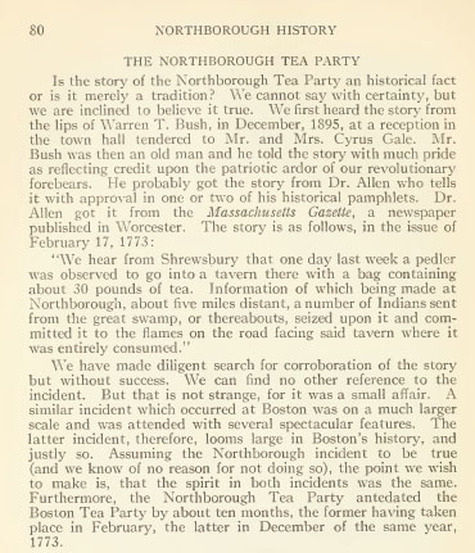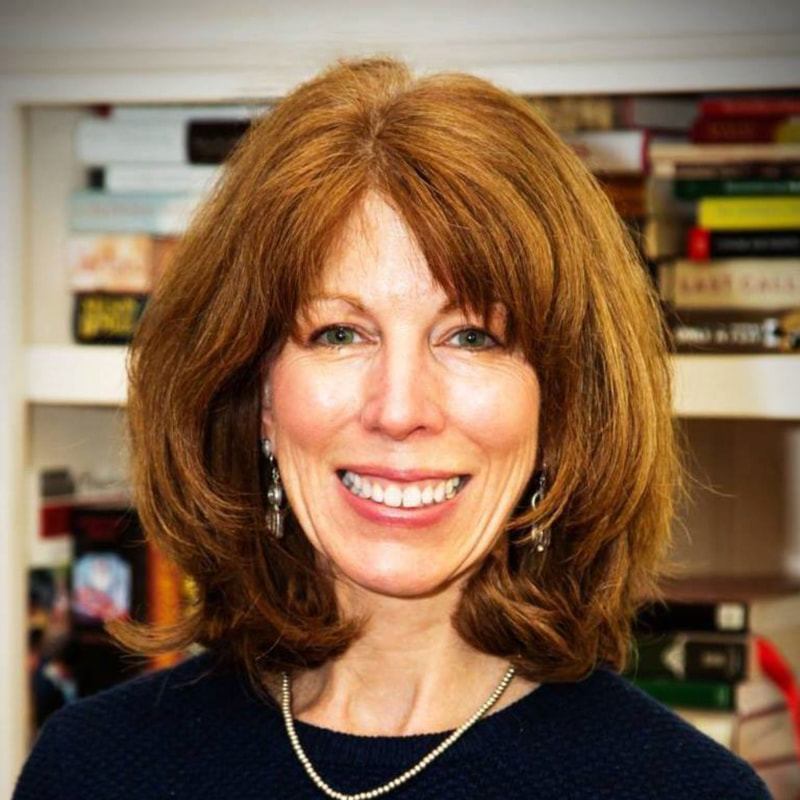|
When conducting research of a specific time and a specific place, it is imperative to understand how the events described fit into a bigger historical picture. By plotting out the local and national historical events that are commonly accepted as fact, a researcher can better understand the context of new evidence as it is uncovered. For example, the circumstances leading up to the settlement of the Marlborough Plantation indicated that the founding fathers were concerned that their home town of Sudbury was becoming overcrowded. These proprietors, seeking open land for their families on which to farm, were motivated by reasons common to most families in the growing colonies at that time. Another example of greater events being played out on a local level was relationships with neighboring native tribes. The dealings between the early American pioneers and the Indian natives were sensitive and often contentious. In New England during the years before and after King Philip's War (1675-76), conflicts both small and large were common on the Marlborough Plantation. Skirmishes, mediation, raids, and evacuations also occured in all 13 colonies and it is important to our understanding of local history to see how our local ancestors encountered the same. While not covered in the scope of the current Brigham Street Burial Ground project, local Northborough, MA lore also tells of how a peddler, several months before the heralded Boston Tea Party in 1773, encountered a group of men dressed as Indians who burned his large bag of tea publicly. In this case, the small acts of local men foreshadowed a grander, more notable rebellion and illustrated how the "big" events were a culmination of what was happening on a smaller local scale. SOURCE
Kent, Josiah Coleman Kent. Northborough History. Newton, Mass.: Garden City Press, 1921.
0 Comments
When Daniel Howe (d.1779) wanted to be buried with his parents, well after the cemetery was "closed," it reminded me that a person's desire to end one's time on earth alongside family was (and still is) a very important part of our culture.
To show how this might play an important part in solving the mystery of "WHO?" for our project, I created very simple family trees to show the relationships of family members as they are identified. To date, I've identified 2 family groups (HOWE and HOLLOWAY/WHEELER). Of the 3 children I've yet to identify for gender and names, one is a HOLLOWAY. LESSON LEARNED: As for the children pre-deceasing their parents, it will be interesting to see with whom they might have been buried, following the theory that you stick with family. The research trail for these little souls will start by researching the death records of their parents and locating their burials. Sometimes Serendipity happens. After I found a few sections of Reverend Ebenezer’s published diary online, I understood the importance of having access to all available diary entries. By following his ministrations throughout his tenure [which included the years the Brigham Street Old Burial Ground was active], I theorized that I might find more clues about who was buried there as he would have officiated at the funerals. The repository to use is the American Antiquarian Society (Worcester), which holds most of the surviving original diary volumes. More investigating revealed that the society published a transcription of their holdings in 1974, which included an Introduction jam-packed with historical fact gems.
No stranger to online bargain hunting, I looked up what was available through online booksellers of rare and used books. And there it was on eBay. Among listings for the price as high as $380 was a copy containing 3 volumes of Rev. Parkman’s diary for $4. Really, I kid you not. For the total price of about $8 with shipping, I received in the mail today the most valuable resource imagined for this particular research project. And the surprises just kept on coming. I opened up to a random page, only to find Rev. Parkman visiting with Hezekiah Howe, one of the unidentified burials I found last week. Hezekiah was alive and well, waiting to tell us his story. On the same page was a funeral and conversations about 3 children recently buried in the northern “side of town” as well. Time to clean my new glasses and get reading from page 1. LESSON LEARNED: A book reseller in Arizona has absolutely no clue about the historical value of a first-person account of early colonial life in Massachusetts. In other words, the significance of an eyewitness reporting events as they happenis absolutely huge. And I have the genealogical equivalent of gold sitting right here on my desk. Source Parkman, Ebenezer. The Diary of Ebenezer Parkman (1703-1782): First Part, Three Volumes in One (1719-1755). Edited by Francis G. Walett. Worcester: American Antiquarian Society, 1974.  Last week, I visited the archives of the Northborough Historical Society. Who know such treasure existed? NHS curator Ellen Racine was kind enough to give me access to the records compiled for the Old Burial Ground, which confirmed most of the information I had previously researched. The archive included a plot plan from about 1800 and the gravestone transcriptions of the 4 stones that are still visible today. [see p. 238 of Northborough History below.] BIG CLUE: A transcription typed on onion skin with a real typewriter. Tucked unobtrusively and anonymously into the last file of the records box was my first BIG CLUE. The note referenced a diary entry made in 1779 by the minister of the Westborough church noted that Daniel Howe had died the night before and was to be buried at the Brigham Street burial ground with his parents, even though the cemetery was no longer used for burials. A gift from a smart historian from the pre-computer age that cannot ever be repaid! [see p. 133 of The Diary of Rev. Ebenezer Parkman below.] That brings the magic number of burials from the already known 4 up to 7...and I've been pointed to the next step on the trail. A well-known reference for early colonial history is the journal of Reverend Ebenezer Parkman, dutifully documenting his tenure as pastor for the Town of Westborough during the mid-to-late 1700's. While some of the sections of the original journal are assumed to be lost, several have been either been published or are in the collection of the American Antiquarian Society (Worcester, MA). Glad I've got new glasses and a high resolution camera. As research progresses, I plan to add a page to this site that summarizes the holdings of Massachusetts repositories. The goal is to create a handy reference page for New England area researchers to use in their own work. Sources: Kent, Josiah Coleman. Northborough History. Newton, Massachusetts: Garden City Press, 1921. Parkman, Rev. Ebenezer. The Diary of Rev. Ebenezer Parkman, of Westborough, Mass.: For the Months of February, March, April, October and November, 1737. November and December of 1778, and the Years of 1779 and 1780. Edited by Harriette M. Forbes. Westborough, Massachusetts: Westborough Historical Society, 1899. |
AuthorBeth Finch McCarthy
|


